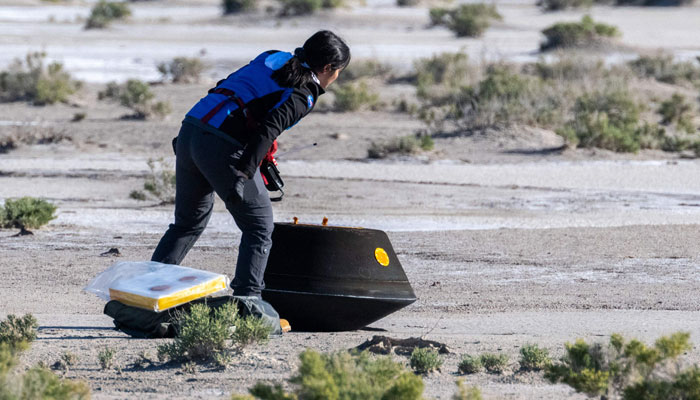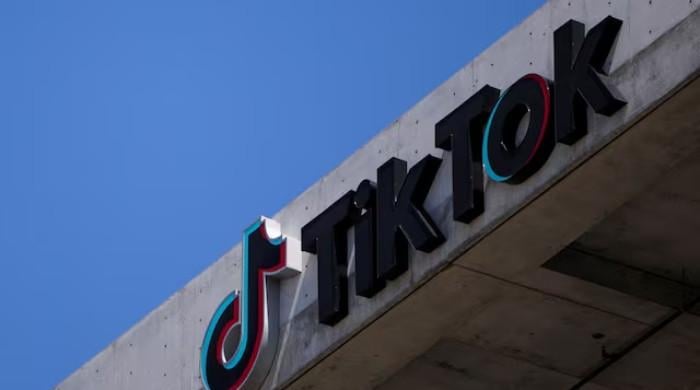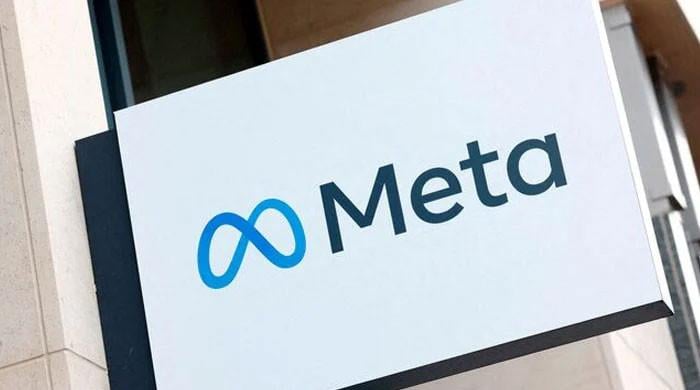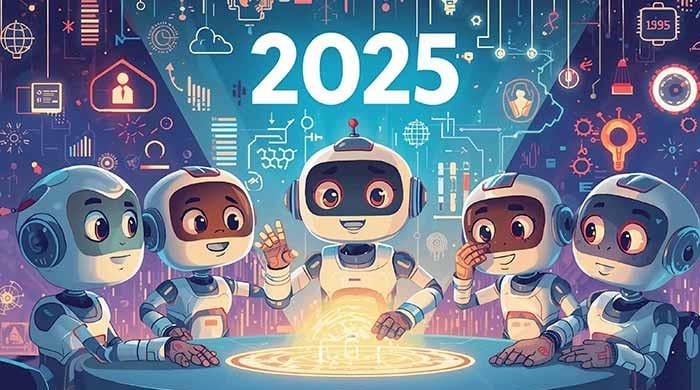Back from Bennu: Why does chunk of near-Earth asteroid has scientists on their toes?
About 70% of the sample will remain pristine, allowing future generations with better technology to learn more from it
September 25, 2023

A pristine sample from the near-Earth asteroid Bennu was successfully delivered by the Origins, Spectral Interpretation, Resource Identification, Security, Regolith Explorer (OSIRIS-REx) spacecraft seven years after its launch in 2016. But why are scientists so excited about it?
According to experts, Bennu is known to be the most dangerous rock in the Solar System because, although chances are slim, its path gives it the highest probability of hitting Earth of any known asteroid.
Further details about the sample will be revealed through a Nasa broadcast from Johnson Space Center on October 11.
Researchers plan to collect fine-grained material from the top of the canister for a quick analysis on Tuesday to be shared in October, aiming to detect the presence of minerals and chemical elements, despite not having time to fully assess the sample, CNN reported.
Scientists will analyse rocks and soil at Johnson Space Center for two years, dividing the sample and sending it to global laboratories, ncluding OSIRIS-REx mission partners at the Canadian Space Agency and Japanese Aerospace Exploration Agency.
About 70% of the sample will remain pristine, allowing future generations with better technology to learn more from it.
If a government shutdown occurs, “it will not endanger the curation and safe handling of the asteroid sample,” said Lori Glaze, director for Nasa’s Planetary Sciences Division.
“Certain steps leading to this highly anticipated analysis will possibly be delayed, but the sample will remain protected and safe despite any disruptions to the schedule,” she said during a news conference Friday.
“The sample has waited for more than 4 billion years for humans to study it and if it takes us a little longer, I think we’ll be OK.”
Previously, Japan's Hayabusa2 mission has returned a sample of the asteroid Ryugu, which could provide crucial information about the beginning of our solar system.
Scientists believe carbonaceous asteroids like Bennu crashed into Earth early, delivering elements like water.
“Scientists believe that the asteroid Bennu is representative of the solar system’s own oldest materials forged in large dying stars and supernova explosions,” Glaze said.
“And for this reason, Nasa is investing in these missions devoted to small bodies to increase our understanding of how our solar system formed and how it evolved.”
However, the sample can also provide insights into Bennu, which has a chance of colliding with Earth in the future.
Understanding the composition and orbits of near-Earth asteroids is crucial for predicting their closest approaches to Earth and developing methods for deflecting them based on their composition, as it helps predict which asteroids may have the closest approaches and when.









